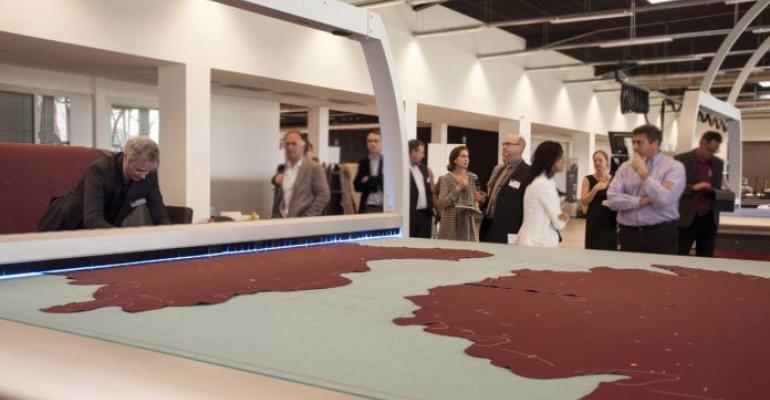Fueled by the rise of new technologies, the emergence of the vehicle of the future is transforming the automotive industry. Often described by the acronym CASE – for Connected, Autonomous, Shared and Electric – this vehicle will also have to be environmentally friendly. For manufacturers, this is already reflected in the fact it will be impossible to sell new cars with combustion engines in Europe from 2035. However, the sustainability imperative affects all players in the industry. In the interior alone, we are already seeing a change in the materials used. However – and this is good news – the equipment manufacturers concerned can still go further to reconcile environmental protection and competitiveness.
Vehicle Sustainability Means Rethinking Materials Used in Their Interiors
According to a Frost & Sullivan study, the market for alternative leather and sustainable high-tech fabrics is expected to reach $120 billion by 2025.
In the cabin, CASE trends are driving demand for lighter materials to optimize battery performance and range in electric vehicles. They also favor interactive and tactile surfaces capable of meeting the demands of connectivity and man-machine interfaces.
Consumer expectations also are having an impact on the materials used. Materials that can be easily disinfected, for example, respond to the new sensitivities of post COVID-19 customers. Materials that allow for greater personalization of models and a significant improvement in the driving experience will appeal to high-end and luxury customers.
In addition to these developments, motorists are concerned about the environment. They expect recyclable materials, conducive to a circular economy. With customers increasingly concerned about the origin and manufacturing process of products – including the ethical treatment of animals – carmakers are looking for materials that require fewer chemicals, use less water and generate fewer CO2 emissions.
For example, in car seats and interiors, some manufacturers are developing leather substitutes, such as synthetic leather (also known as leatherette), or high-end alternatives suitable for high-volume production. Luxury brands are using this as a selling point, especially those marketing electric vehicles. Since 2017, Tesla has made the choice to offer only leather-free trim. As another example, Mercedes uses textiles made from eucalyptus fibers or from recycled clothing and plastic bottles as a substitute.
OEMs Can Optimize the Amount of Material Used
Beyond the choice of materials for the interior, sustainability requires OEMs to pay close attention to material consumption and waste. With the right technological solutions, seat manufacturers can typically improve the environmental footprint and productivity of the cutting rooms where the textiles and leathers they use are cut.
The first possible improvement is to minimize, or even eliminate, the buffer zones between the parts to be cut to reduce fabric or leather waste. For the latter, for example, there is digital cutting equipment that integrates scanners and optical systems to analyze the quality of the hides and limit the number of pieces lost due to a defect in appearance. In addition, automation and optimization of the placement of the parts to be cut can save up to 7% of material compared to a manual process.
Similarly, the use of more efficient equipment and new technologies – such as the Internet of Things, artificial intelligence, the cloud and big data – make it possible to digitize the entire cutting room process. By using the resulting production data, operations can be better prepared, planned and analyzed.
 In addition to obvious productivity gains (up to 10%), this also leads to a significant reduction in material consumption. This applies not only to the textile or leather cut for the seats and other interior components but also to the consumables required for this cutting.
In addition to obvious productivity gains (up to 10%), this also leads to a significant reduction in material consumption. This applies not only to the textile or leather cut for the seats and other interior components but also to the consumables required for this cutting.
As a result of the CASE model and today’s economic and environmental challenges, the automotive ecosystem will increasingly require sustainable solutions across the value chain. In addition to reducing CO2 emissions, the proper management of materials used will play a central role in ensuring its long-term sustainability.
At the cabin level, the industry cannot rely solely on the evolution of preferred materials. With new technologies and better use of production data, OEMs can improve the efficiency of their own manufacturing processes and limit material consumption. By responding to the demands of both customers and manufacturers, they have the opportunity to confirm their strategic position in the value chain.
Leonard Marano (pictured, above left) is president of the Americas at Lectra. As a major player in the fashion, automotive and furniture markets, Lectra contributes to the Industry 4.0 revolution by providing best-in-class technologies.





